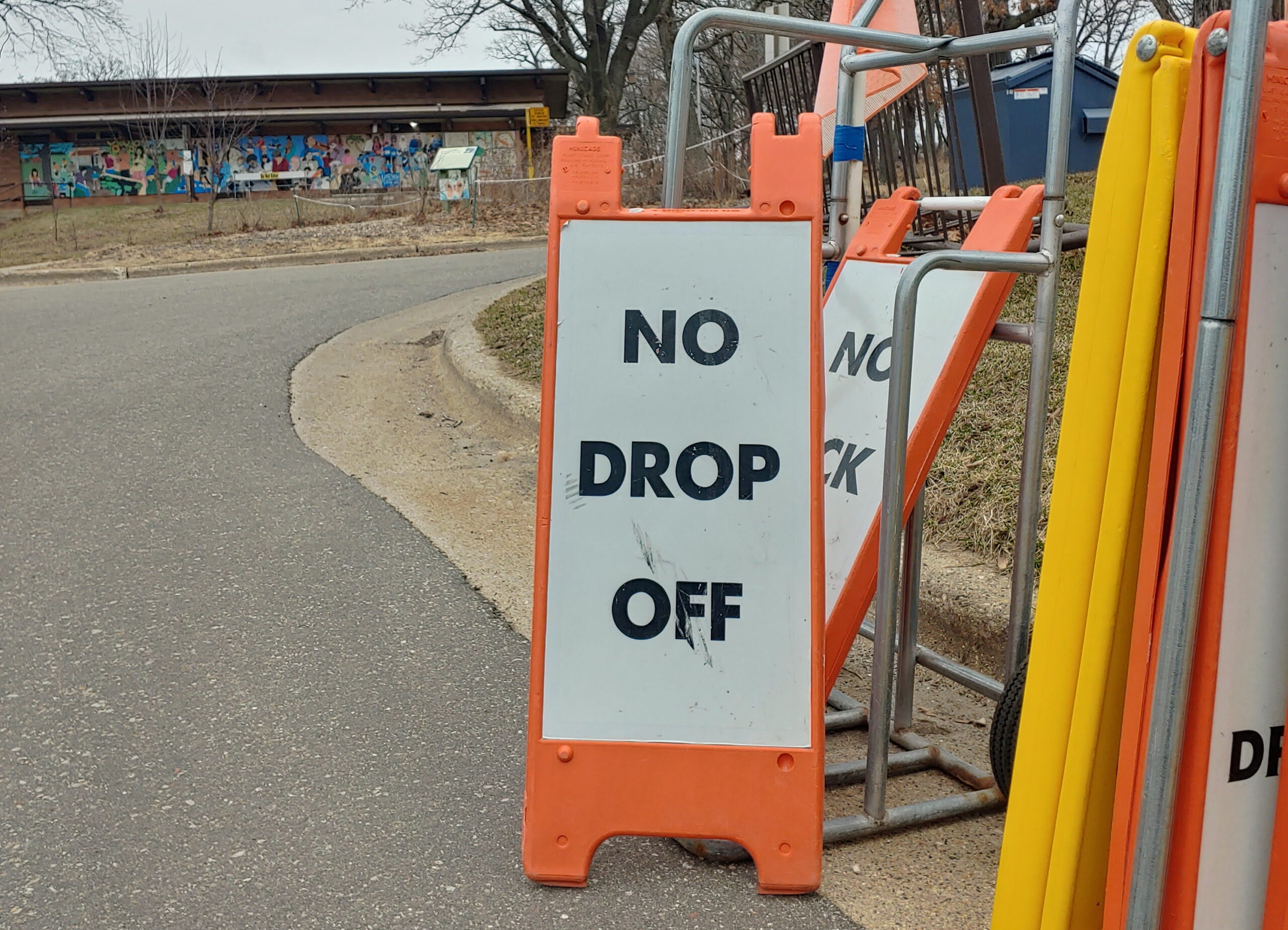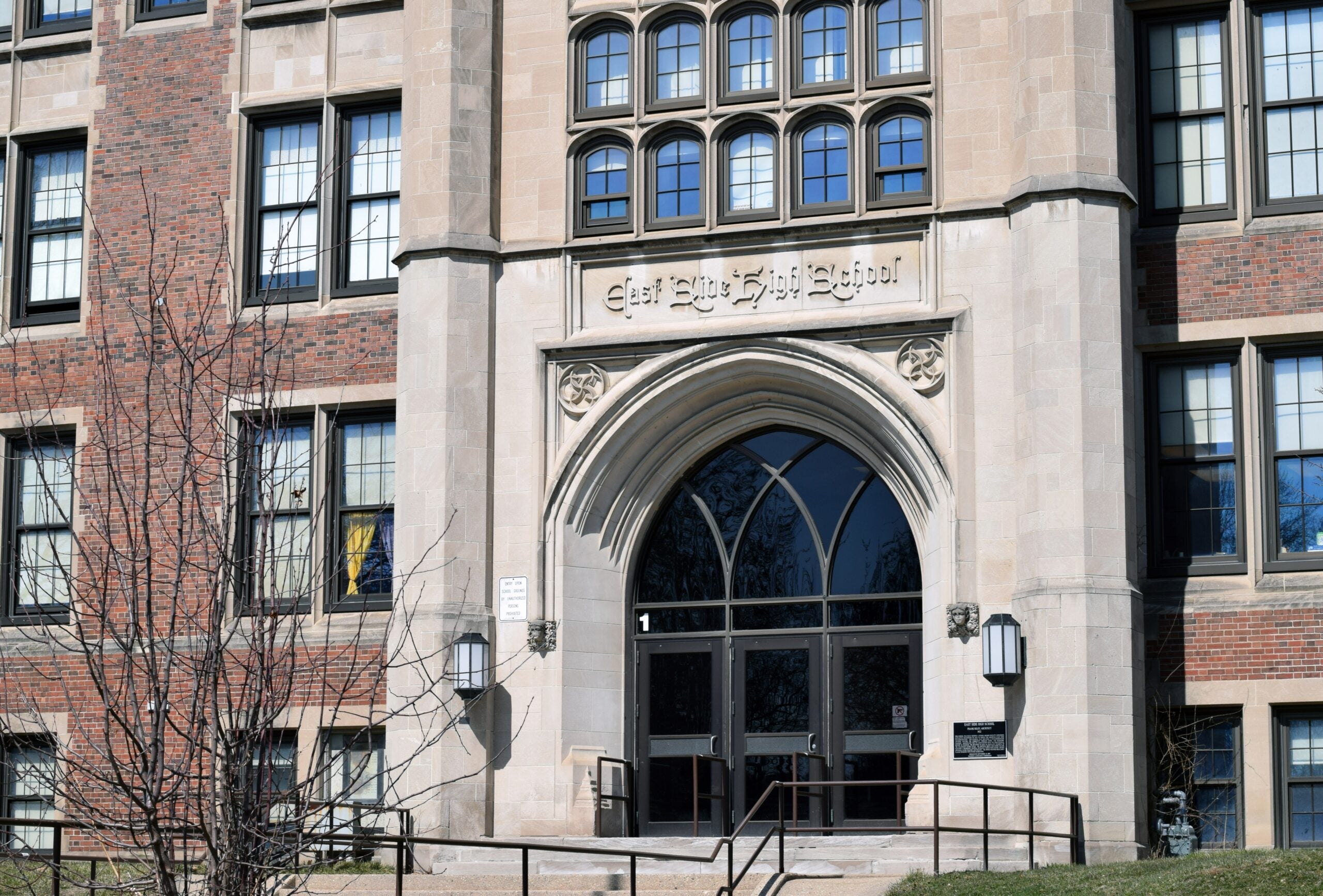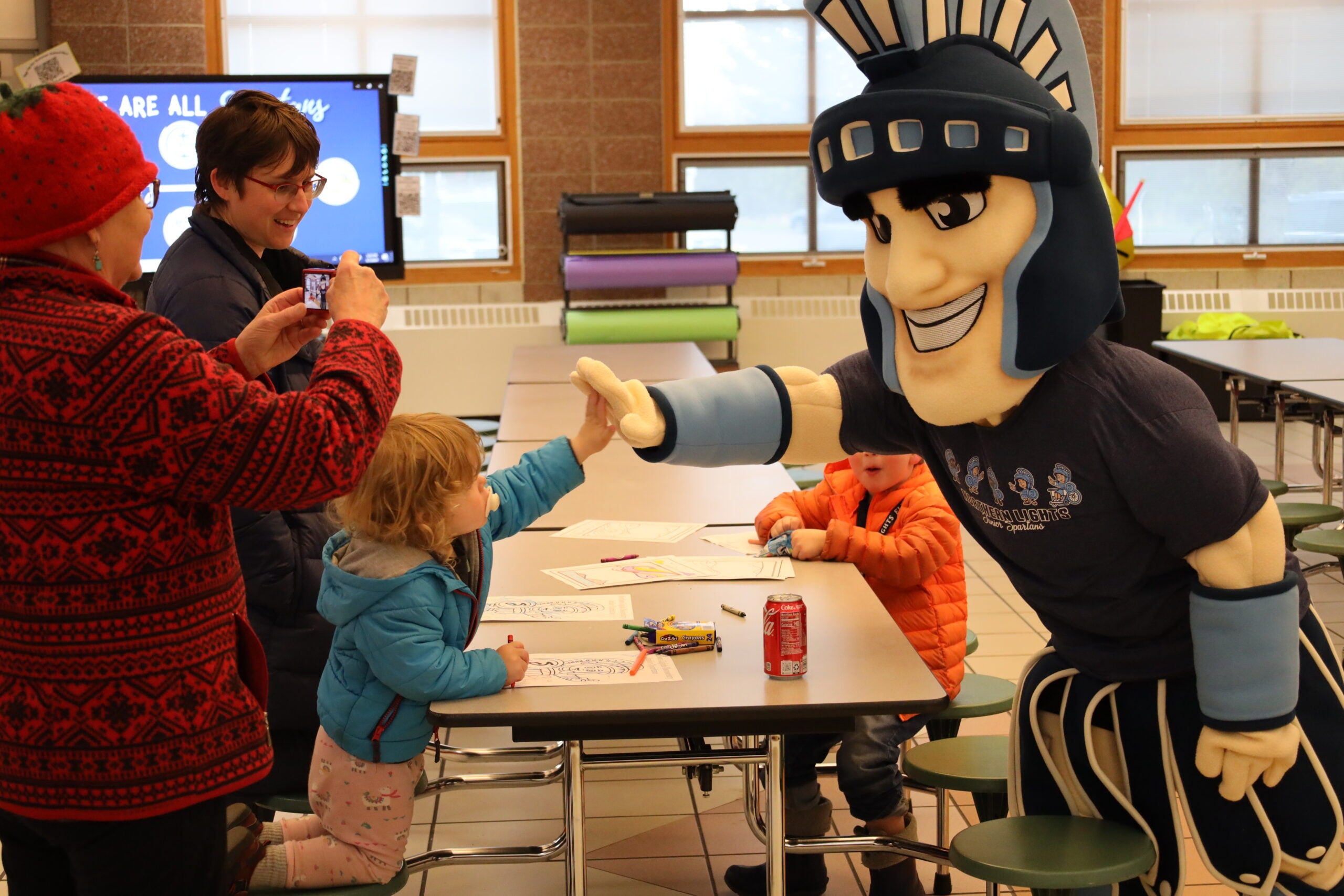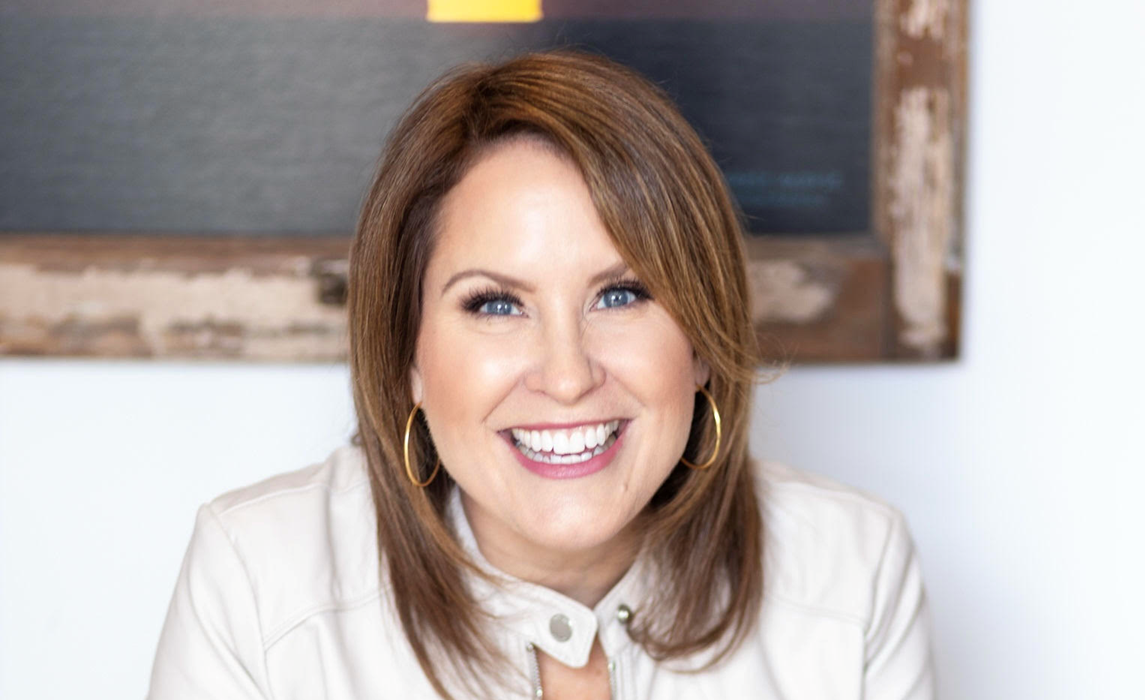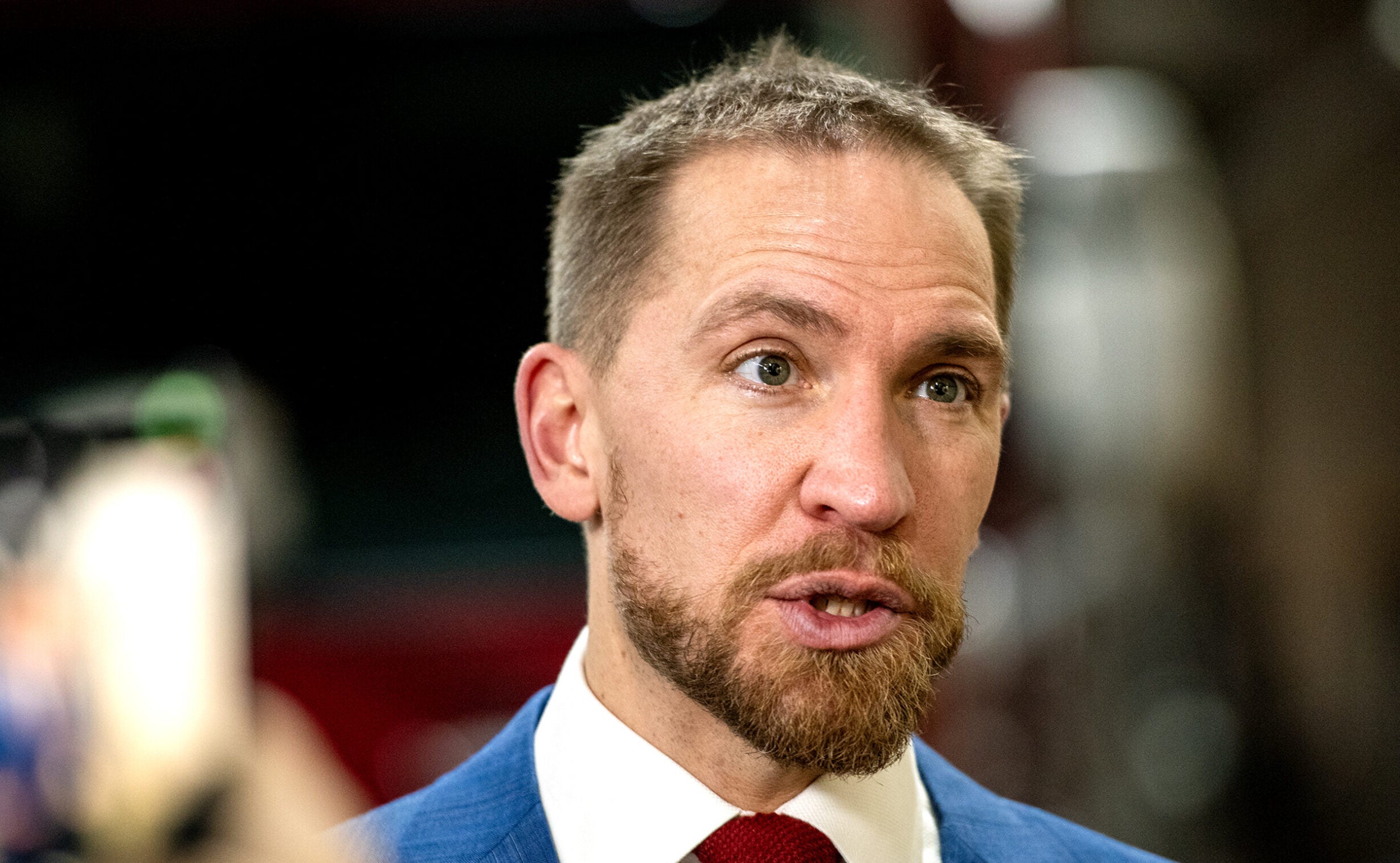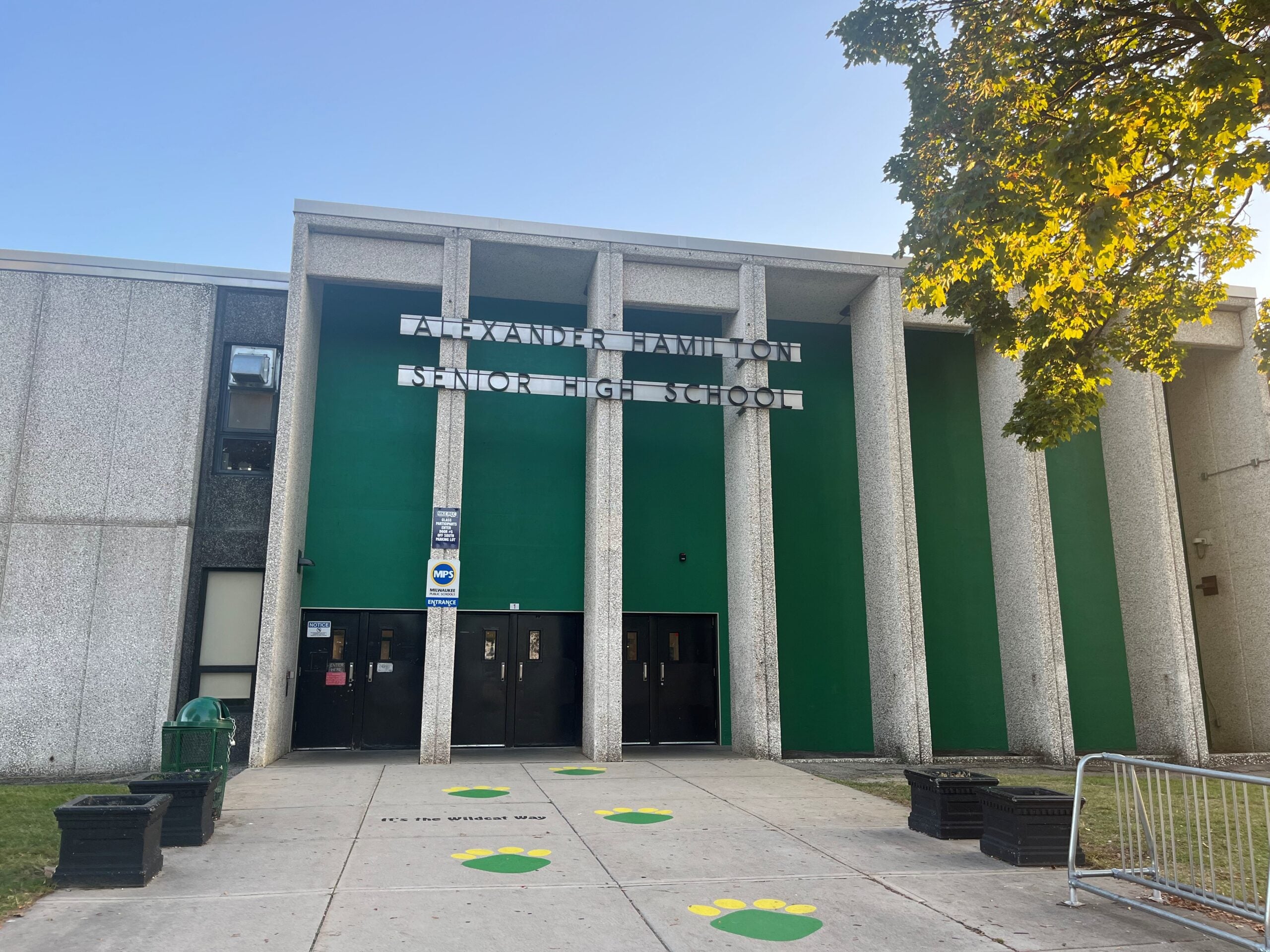When Gov. Tony Evers first ordered K-12 schools in Wisconsin to close on March 13, the hope was that they’d reopen on April 6. With the current stay-at-home order in place until at least April 24, it’s unclear when students will return to their classrooms.
The order mandated that all public and private schools statewide would close to reduce the spread of the new coronavirus and gave teachers time to create alternative learning plans for students.
State Schools Superintendent Carolyn Stanford Taylor said on WPR’s “The Morning Show” that there was no expectation that parents would become teachers and instruct their children for seven hours a day. But she did say that parents should continue educating their children to the best of their abilities.
Stay informed on the latest news
Sign up for WPR’s email newsletter.
According to Stanford Taylor, Wisconsin hasn’t had to deal with schools closing indefinitely.
“We have a number of resources at the state, and we have asked for a number of waivers for districts,” Stanford Taylor said. “One of the things we are considering is the waver of the hours and minutes of instruction because we don’t have an end date for this.”
Standardized testing has been canceled until the coronavirus pandemic is over and school districts are working individually to find ways to have graduation ceremonies for students.
Stanford Taylor said the focus is on getting children fed and checking on their mental health because the department is seeing clear equity gaps since closing school buildings.
“What this has really brought to light is the inequities across districts, the resource difference, the digital divide,” she said. “I think after this, we’ll be able to really sit down and start to focus on where those gaps were and what we can do to try to assist in closing some of those gaps.”
Food is being distributed in each school district and many teachers are reaching out to their students to assess how they are doing, according to Stanford Taylor.
It’s unclear how student achievement will be evaluated and what additional changes will have to be made during the pandemic. Stanford Taylor said her department and the 421 school districts in Wisconsin are working together to do what’s best for students.
“This is a health emergency that came without warning,” Stanford Taylor said. “Although all districts had emergency crisis plans and learned a little bit from the polar vortex, this is nothing close to those emergencies.”
Wisconsin Public Radio, © Copyright 2025, Board of Regents of the University of Wisconsin System and Wisconsin Educational Communications Board.
